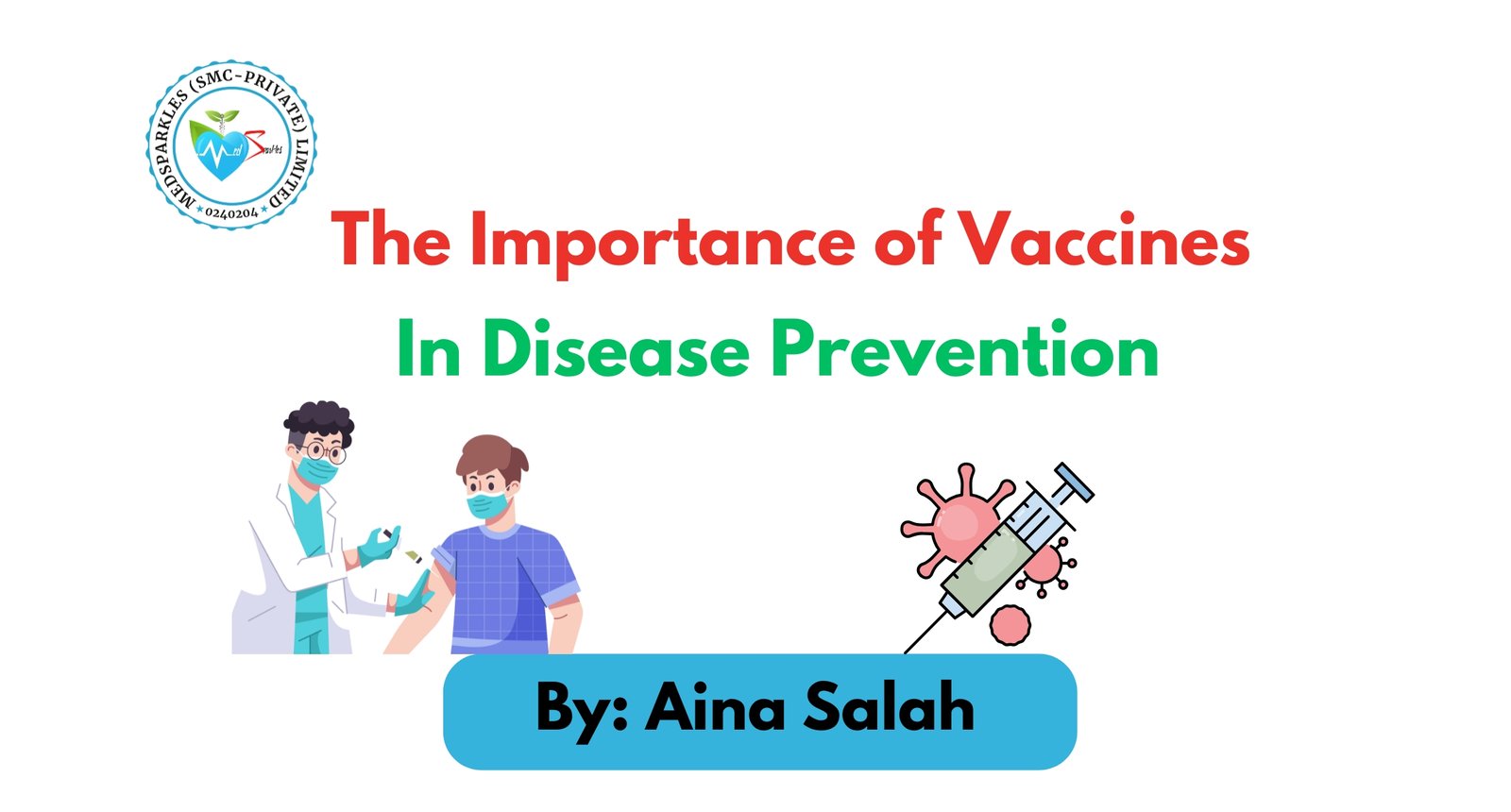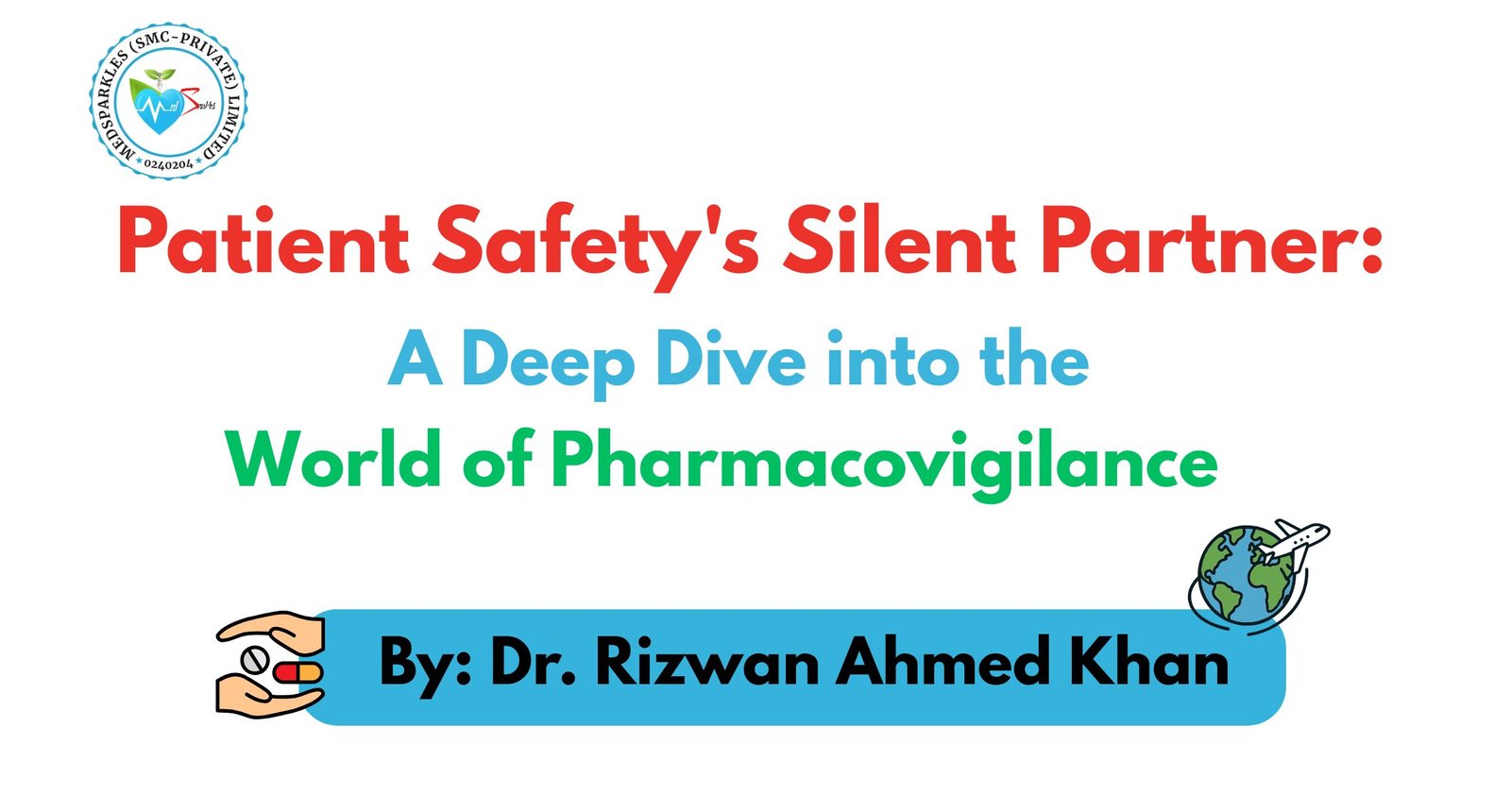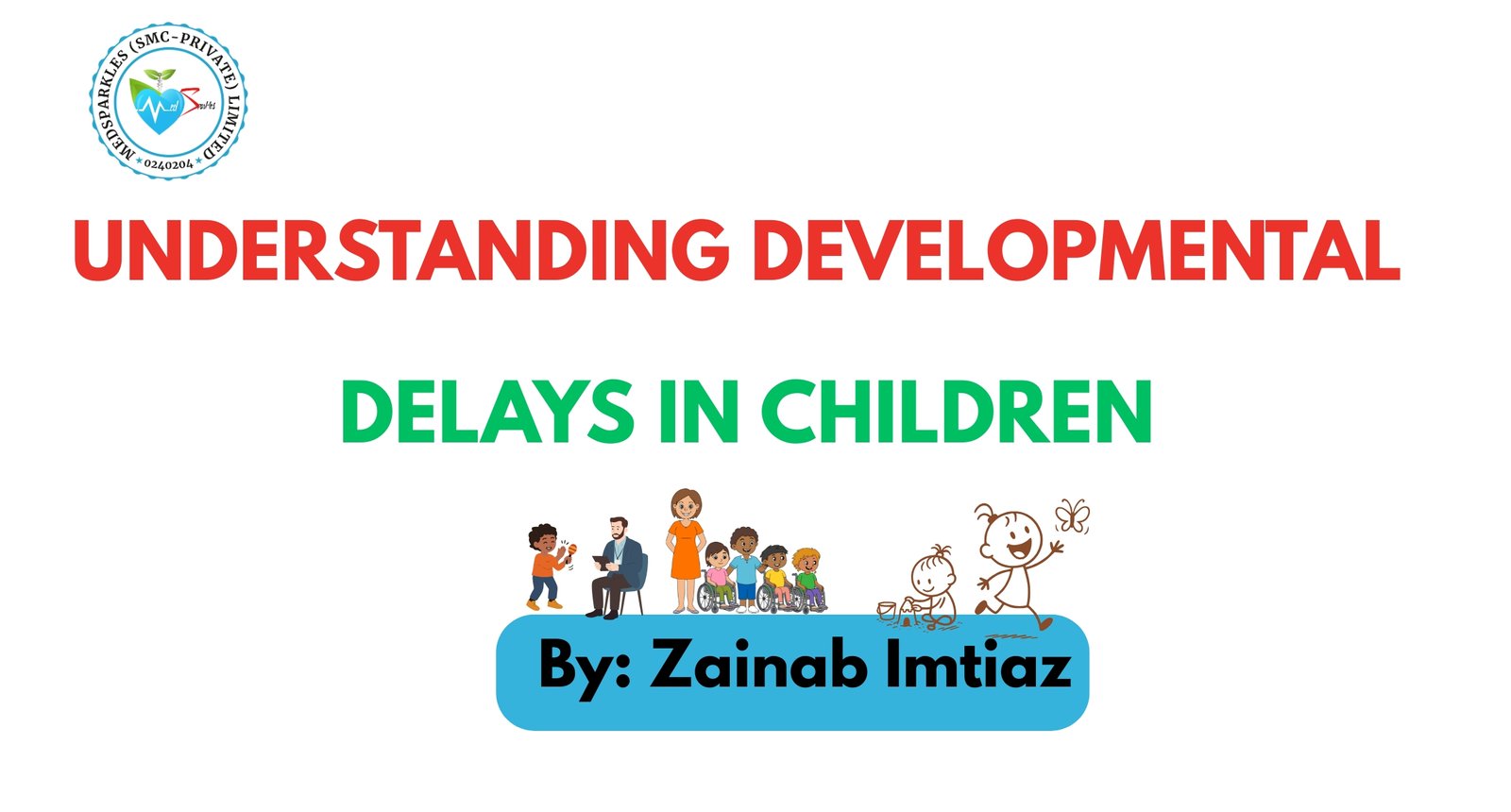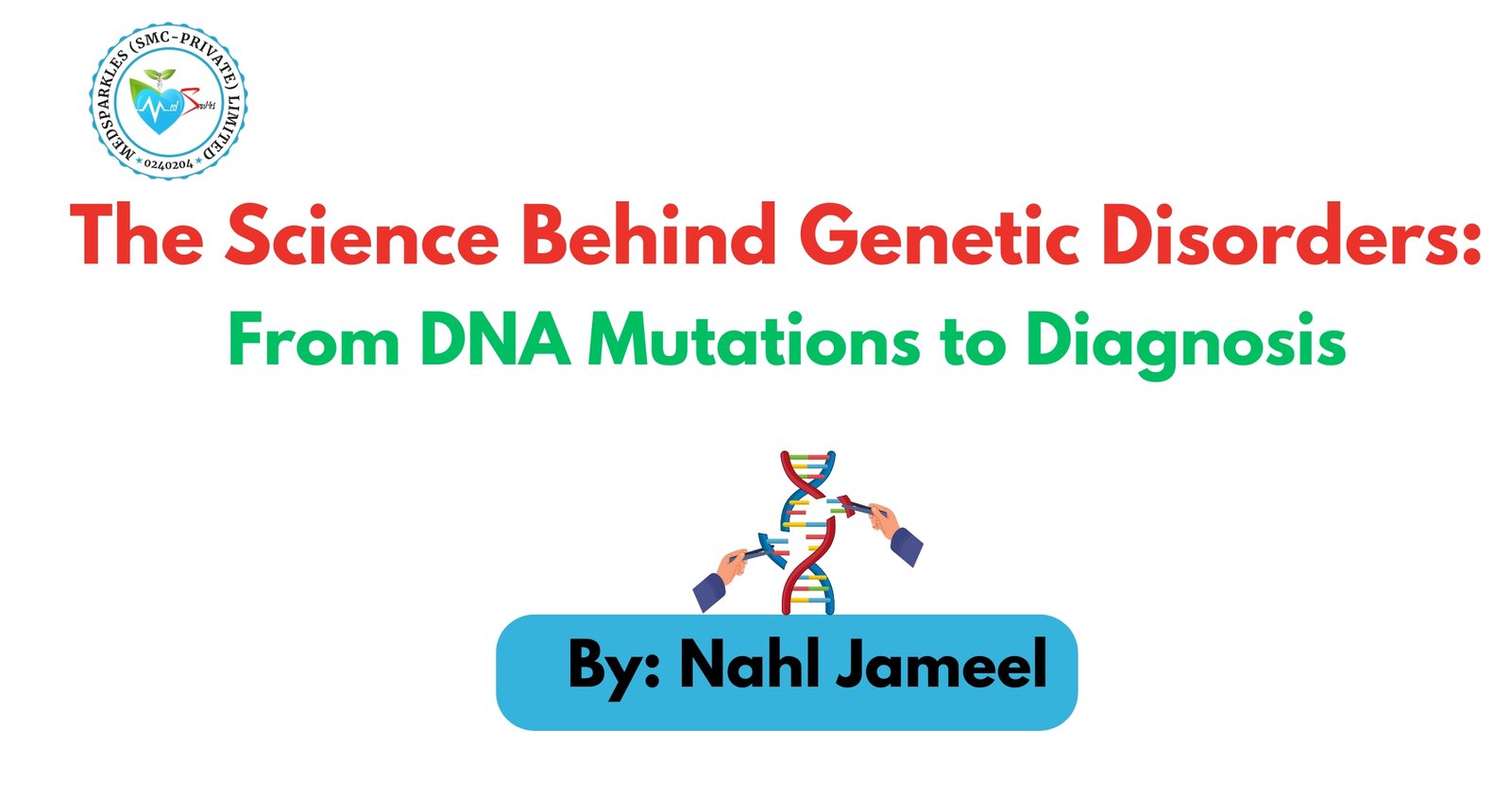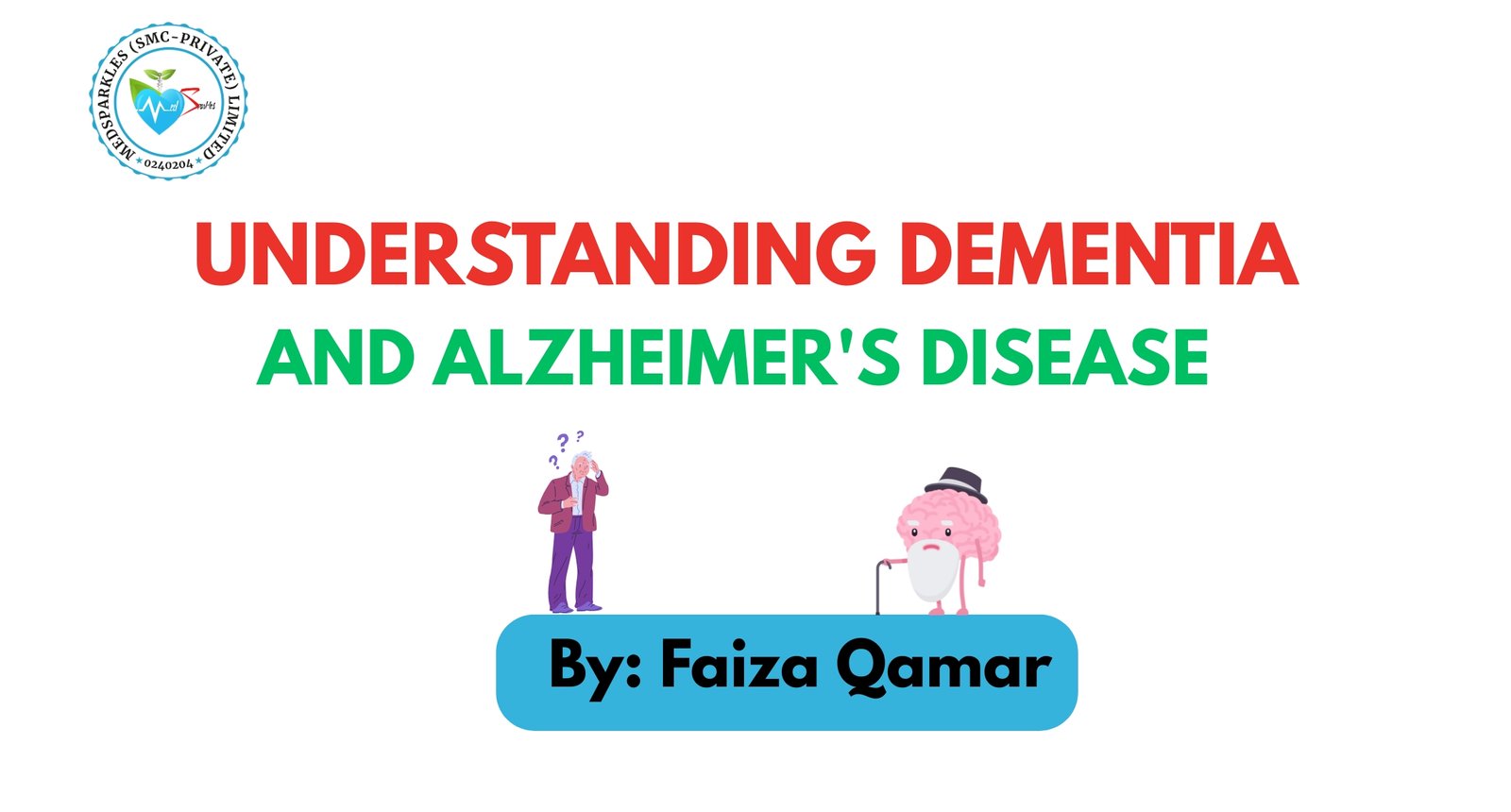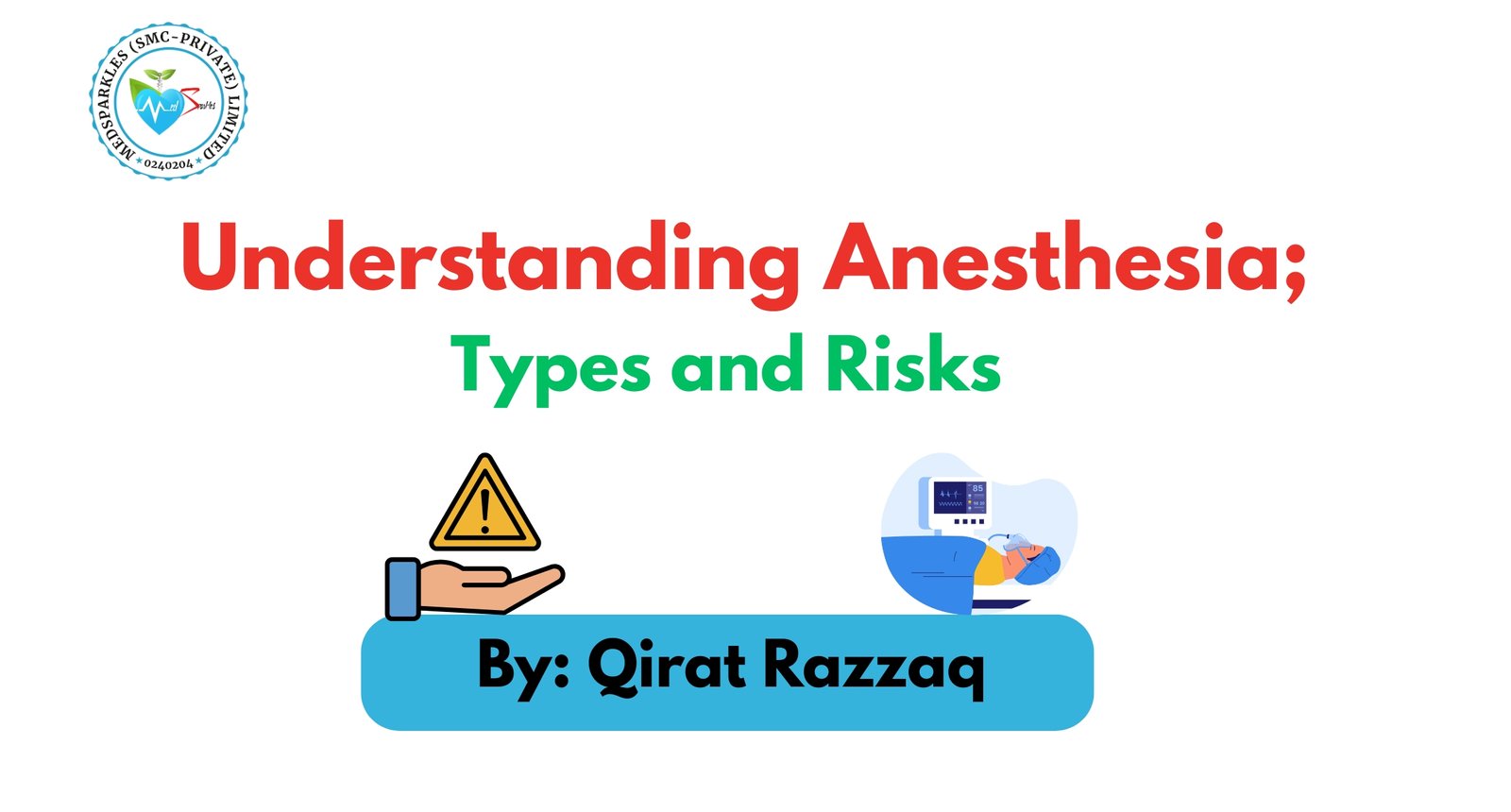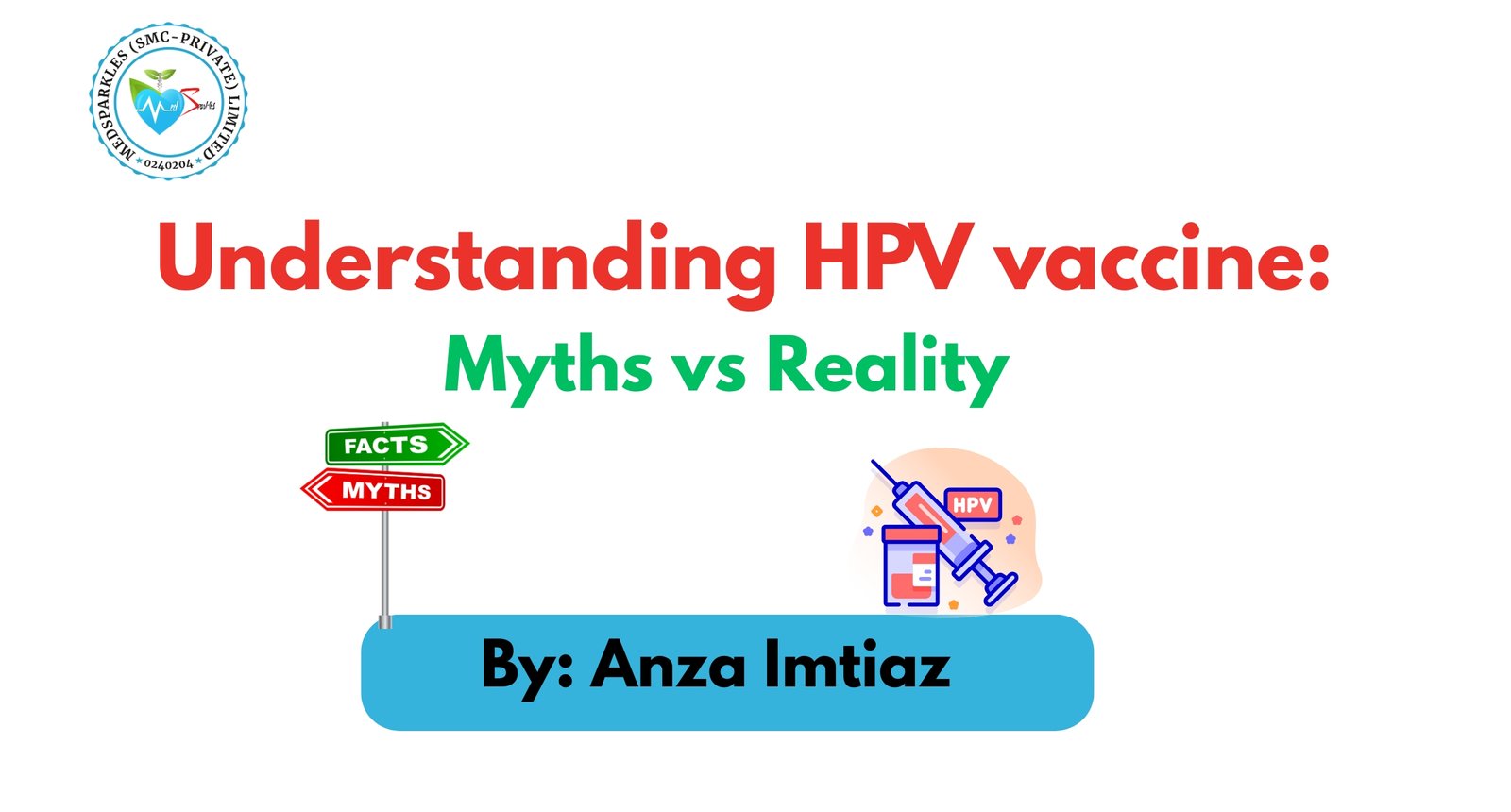Introduction: Prevention Is Better Than Treatment
The age-old adage, “prevention is better than cure,” holds exceptional value in the realm of healthcare. In an era where global health threats continue to emerge, the role of preventive strategies has never been more crucial. Among these, vaccination stands out as one of the most effective tools in combating infectious diseases. Vaccines not only protect individuals from severe illnesses but also contribute to public health by curbing disease outbreaks. By stimulating the body’s natural immune response, vaccines offer long-term protection, often eliminating the need for costly or invasive treatments later.

How Vaccines Work
Vaccines train the immune system to recognize and combat pathogens such as viruses or bacteria. They typically contain weakened or inactivated parts of a particular organism (antigen) that trigger an immune response without causing the disease itself. Once vaccinated, the immune system “remembers” the pathogen, allowing it to respond quickly and effectively upon future exposure. This memory response is the foundation of vaccine-induced immunity.
Types of Vaccines
Vaccines are categorized based on the method by which they are created and how they trigger an immune response. The major types of vaccines include:
1. Inactivated or Killed Vaccines
Inactivated vaccines are made from viruses or bacteria that have been killed or inactivated so they cannot cause disease. They still stimulate a strong immune response.
Examples:
- Polio Vaccine (IPV): Protects against poliomyelitis.
- Hepatitis A Vaccine: Protects against hepatitis A.
2. Live Attenuated Vaccines
Live attenuated vaccines contain live pathogens that have been weakened so that they cannot cause disease in healthy individuals but still stimulate an immune response.
Examples:
- Measles, Mumps, Rubella (MMR) Vaccine: Protects against measles, mumps, and rubella.
- Yellow Fever Vaccine: Protects against yellow fever.
3. Subunit, Recombinant, or Conjugate Vaccines
These vaccines use fragments of the virus or bacteria (such as protein subunits) to trigger an immune response. Some conjugate vaccines join these fragments to a carrier protein to improve the immune response.
Examples:
- Human Papillomavirus (HPV) Vaccine: Protects against certain types of HPV that can lead to cervical cancer.
- Haemophilus Influenzae Type B (Hib) Vaccine: Protects against infections caused by Hib, which can lead to meningitis and pneumonia in children.
4. Toxoid Vaccines
Toxoid vaccines contain inactivated toxins produced by bacteria. These toxins are responsible for the symptoms of the disease. By inactivating the toxins, the vaccine prevents the symptoms without causing illness.
Examples:
- Diphtheria Vaccine: Protects against diphtheria, a bacterial infection caused by Corynebacterium diphtheriae.
- Tetanus Vaccine: Protects against tetanus, caused by a toxin from Clostridium tetani.

5. mRNA Vaccines
A newer technology, mRNA vaccines instruct cells in the body to produce a protein similar to the one found on the virus’s surface, triggering an immune response. These vaccines do not contain live virus and cannot alter a person’s DNA.
Examples:
- COVID-19 Vaccines (Pfizer-BioNTech, Moderna): Protects against the SARS-CoV-2 virus.
6. Viral Vector Vaccines
Viral vector vaccines use a different virus (not the one causing the disease) to deliver a small piece of the disease-causing virus’s genetic material into cells. This triggers an immune response.
Examples:
- AstraZeneca COVID-19 Vaccine: Uses a chimpanzee adenovirus to deliver the SARS-CoV-2 genetic material.
- Ebola Vaccine: Uses a modified adenovirus to deliver genetic material from the Ebola virus.
Benefits of Vaccination
1. Individual Protection
Vaccination dramatically reduces the risk of contracting potentially life-threatening diseases such as measles, polio, influenza, and COVID-19. It is particularly crucial for vulnerable populations—infants, the elderly, and those with compromised immune systems.
2. Herd Immunity
When a significant portion of a population is vaccinated, the spread of contagious diseases is significantly reduced. This indirect protection, known as herd immunity, helps protect individuals who cannot be vaccinated due to medical conditions.
3. Economic Impact
Vaccines reduce the economic burden associated with illness. Preventing disease means fewer hospitalizations, reduced absenteeism from work or school, and lower healthcare costs overall. According to the World Health Organization (WHO), every dollar spent on immunization returns up to $44 in economic benefits.
4. Eradication of Diseases
Vaccination has led to the eradication or near-elimination of several diseases. Smallpox, a once-deadly disease, was eradicated globally through widespread immunization. Polio is now on the brink of global eradication due to consistent vaccination efforts.

Challenges and Misconceptions
Despite their proven efficacy, vaccines often face resistance due to misinformation, cultural beliefs, or fear of side effects. Vaccine hesitancy, fueled by myths and misinformation, poses a serious threat to public health. It’s essential to address these concerns through transparent communication and evidence-based education.
Additionally, global disparities in vaccine access continue to be a major concern. While high-income countries often have comprehensive vaccination programs, many low-income regions struggle with supply, infrastructure, and healthcare workforce shortages.
Conclusion: A Simple yet Powerful Shield
Vaccines are a cornerstone of modern medicine. They prevent suffering, save lives, and foster healthier communities. Investing in immunization is a proactive strategy that not only protects individuals but also strengthens global health systems. As infectious diseases continue to evolve, the need for robust vaccination programs becomes even more critical. By choosing prevention through vaccination, we are choosing a healthier, more resilient future.
References
- World Health Organization (WHO). “Vaccines and immunization.” https://www.who.int/
- Centers for Disease Control and Prevention (CDC). “Immunization Basics.” https://www.cdc.gov/
- UNICEF. “Why Vaccines Work.” https://www.unicef.org/
- GAVI, the Vaccine Alliance. “The Importance of Vaccination.” https://www.gavi.org/
FAQs
1. Are vaccines safe?
Yes, vaccines undergo rigorous testing in multiple phases of clinical trials and are continuously monitored for safety even after approval. Serious side effects are extremely rare.
2. Can vaccines cause the disease they are supposed to prevent?
No. Most vaccines use inactivated or weakened viruses that cannot cause the disease. They only trigger an immune response.
3. Why do some vaccines require multiple doses?
Some vaccines require boosters to maintain long-term immunity or to complete the immune system’s response for full protection.
4. Is natural immunity better than vaccine-acquired immunity?
While natural infection can lead to immunity, it comes with higher risk of severe disease or complications. Vaccines offer similar protection without those risks.
5. Why is it important for everyone to get vaccinated?
Widespread vaccination helps achieve herd immunity, protecting those who cannot receive vaccines and reducing the overall spread of disease
